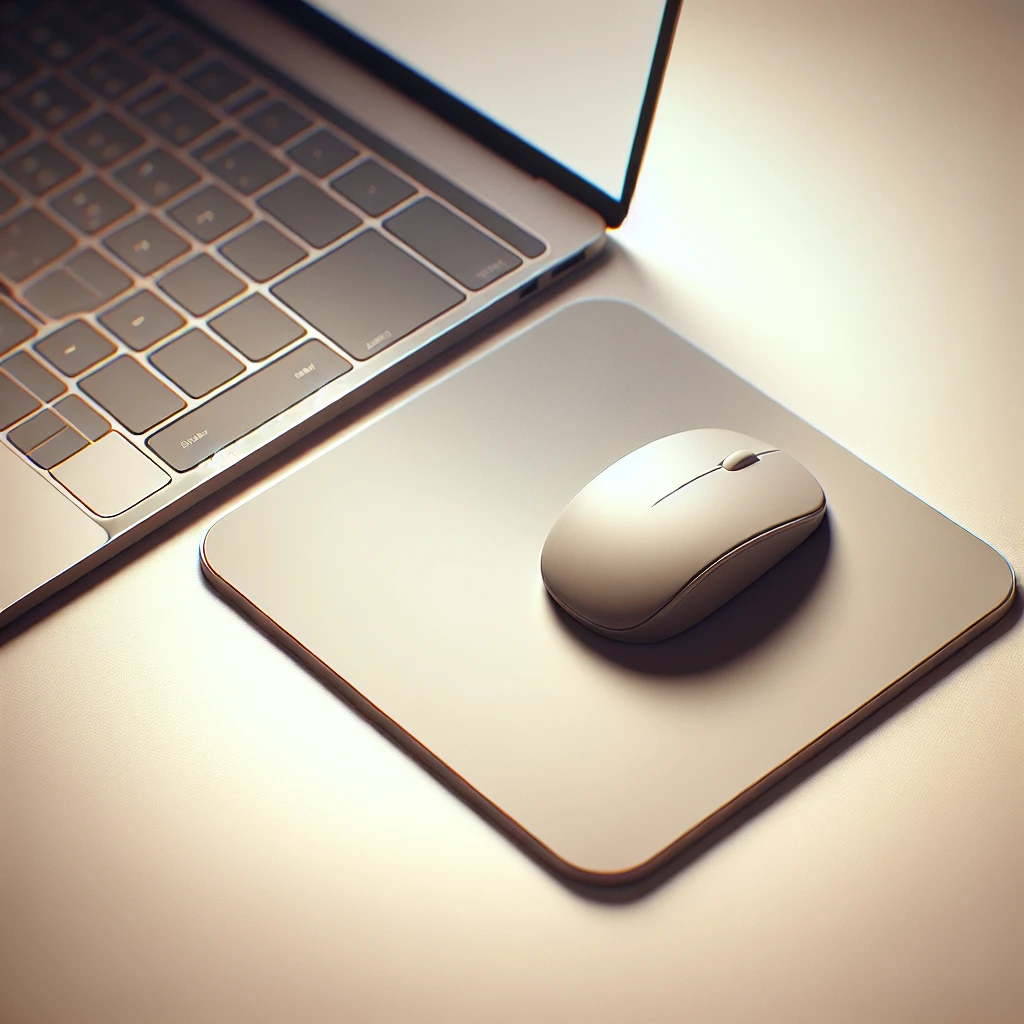
In the realm of computer peripherals, the debate between using a mouse and relying on a laptop’s built-in touchpad is as old as time itself. As technology has evolved, so have the accessories that enhance our computing experience. One common question that arises is, “Can I use a mouse pad with a touchpad?” While touchpads are designed to be standalone interfaces, many users wonder if a mouse pad could improve functionality or comfort. This article will explore this question in detail, examining the benefits and drawbacks of using a mouse pad with a touchpad, while offering tips for maximizing your setup.
Before diving deep into the advantages and disadvantages, let’s look at some key information that might help clarify any confusion regarding the compatibility and usability of a mouse pad with a touchpad.
| Aspect | Mouse Pad | Touchpad |
|---|---|---|
| Functionality | Designed primarily for mouse usage | Built-in interface for cursor control |
| Comfort | Can provide wrist support | Generally requires hand movement above the surface |
| Portability | Less portable, depending on size | Integrated with the laptop, highly portable |
| Surface Area | Varied sizes available | Usually smaller than a mouse pad |
| Precision | Designed for high precision with a mouse | Varies based on touchpad sensitivity |
Understanding Touchpads
A touchpad, also known as a trackpad, is a pointing device that detects the location and movement of a user’s finger on its surface. Touchpads are built into most laptops and are designed for ease of use, portability, and accessibility. With features like multi-touch gestures and customizable sensitivity settings, touchpads have become an essential part of laptop ergonomics.
Advantages of Touchpads
- Portability: Being built-in, they do not require additional space.
- Multi-Touch Gestures: Many touchpads support gestures that can make multitasking easier.
- Integrated Experience: No need for extra peripherals, simplifying the experience.
The Role of Mouse Pads
Mouse pads were created primarily to enhance the interaction between a computer mouse and the surface beneath it. Their surfaces can vary from smooth to textured, designed to provide different levels of friction and precision. They often come with features like wrist support and non-slip bases, elevating comfort during extended use.
Benefits of Mouse Pads
- Comfort: Most mouse pads are designed with ergonomics in mind, often featuring wrist rests.
- Precision: A dedicated surface can enhance the accuracy of mouse tracking.
- Customizability: A wide range of designs is available, allowing personalization.
The Compatibility Debate
Now that we’ve dissected both devices, let’s explore their compatibility. While there is no technical limitation preventing the use of a mouse pad with a touchpad, the actual benefits are inherently subjective and dependent on user preference. Here are some points to consider:
Pros of Using a Mouse Pad with a Touchpad
- Enhanced Comfort: If you prefer a supportive surface under your wrist while using the touchpad, a mouse pad can help.
- Reduced Wear on the Touchpad: A mouse pad can protect the touchpad from spills or wear.
- Defined Space: If you often use both a mouse and touchpad, a mouse pad can create a designated area for both, preventing accidental inputs.
Cons of Using a Mouse Pad with a Touchpad
- Space Management: Using a mouse pad may take up extra space on your desk, potentially interfering with your workflow.
- Unwanted Obstruction: A mouse pad might obstruct the touchpad, leading to potential interference in operation.
- Preference Conflict: If you’re used to a touchpad, adding a mouse pad may complicate usage.
Tips for Optimization
If you decide to incorporate a mouse pad into your touchpad usage, here are some tips to effectively optimize your setup:
1. Choose the Right Mouse Pad
Select a mouse pad that complements your workspace. Consider factors like size, material, and design. Opt for one that offers ample wrist support if you’ll be spending long hours working.
2. Position Properly
Place the mouse pad at an appropriate distance from the touchpad. Ensure it’s easy to switch between devices without unnecessary hand movement.
3. Regular Cleaning
Keep both your touchpad and mouse pad clean to prevent dirt and oil build-up which may affect performance and lifespan.
4. Experiment with Settings
Utilize the settings available on your laptop to customize sensitivity for the touchpad and any associated mouse. Tailoring these settings can improve overall interaction.
Conclusion
In conclusion, while you can certainly use a mouse pad with a touchpad, whether it is beneficial largely depends on your personal preferences and workflow. Some users might find enhanced comfort and functionality, while others may prefer the minimalist approach of using a touchpad alone. Ultimately, experiment with both options and discover what works best for your unique needs. Happy computing!
Leave a Reply